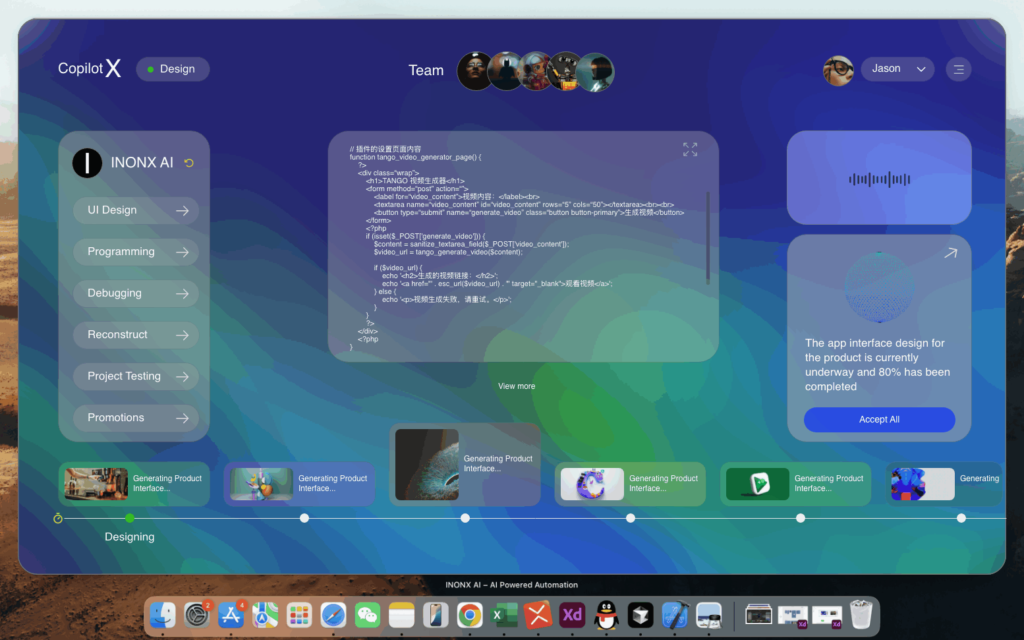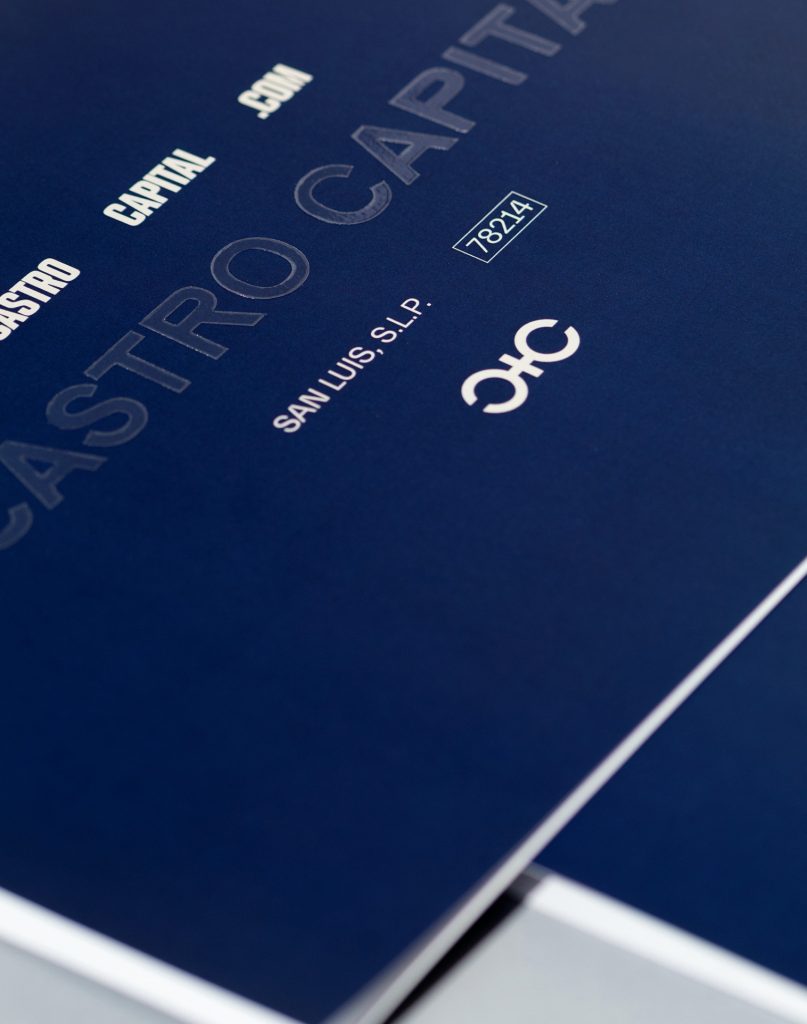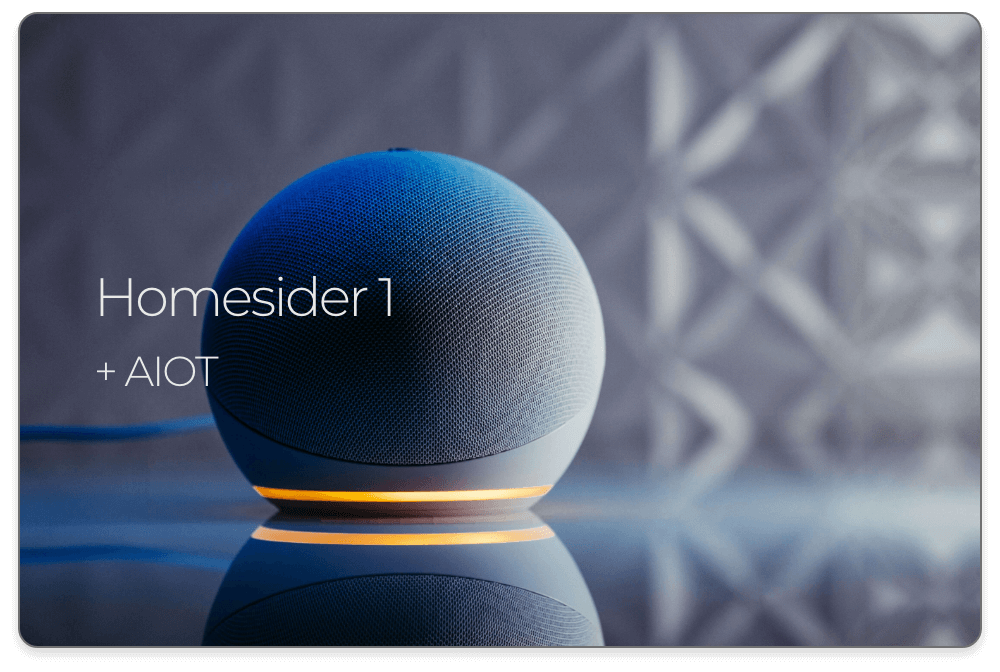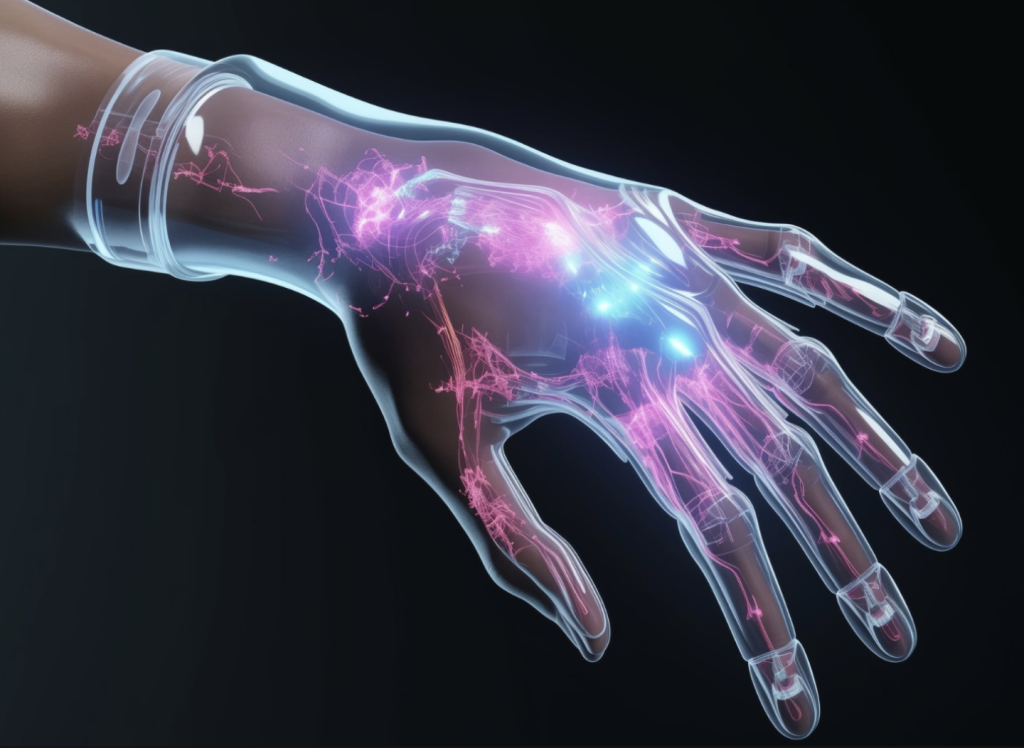Cognitive computing has taken the technological world by storm, revolutionizing how data is processed and how systems function. We find ourselves at the intersection of artificial intelligence and operating systems (OS), where the integration of cognitive capabilities can lead to enhanced performance, efficiency, and adaptability. This article explores the latest trends and updates in cognitive computing as applied to operating systems, specifically focusing on smart memory management within Autonomous Intelligent Operating Systems (AIOS) and their applications in autonomous vehicles.
.
## Understanding Cognitive Computing in Operating Systems
Cognitive computing refers to the simulation of human thought processes in computers. It encompasses methodologies and systems that can learn, reason, and interact with humans in a natural language. By integrating cognitive capabilities into operating systems, developers can create smarter, more adaptive OS environments that can process vast amounts of data and learn from user behavior. This is particularly pertinent in AIOS, which are crafted to optimize performance through machine learning, data analysis, and intelligent decision-making.
.
In the realm of operating systems, cognitive computing aids in self-optimization and adaptability, allowing the OS to manage its resources more effectively according to the operational demands and user behavior patterns. The emergence of smart memory management as a key component within AIOS highlights the importance of these advancements, particularly in applications such as autonomous vehicles.
.
## Smart Memory Management in AIOS
Memory management is a critical aspect of operating systems, directly influencing system performance, reliability, and responsiveness. Traditional approaches to memory management often struggle with the dynamic nature of application demands and hardware constraints. However, cognitive computing can enhance memory management practices by enabling systems to intelligently allocate, optimize, and reclaim memory resources based on real-time insights.
.
Smart memory management within AIOS leverages algorithms that can predict memory requirements and user behavior through machine learning. These systems continually analyze performance metrics and adjust resource allocations dynamically, minimizing latency and maximizing throughput. Techniques such as data compression, efficient page replacement algorithms, and predictive caching come into play, creating a seamless user experience.
.
For instance, Google’s Fuchsia OS employs a cognitive approach to manage memory more efficiently. This OS utilizes a microkernel architecture and incorporates techniques for on-demand resource allocation, allowing it to adapt to varying workloads and optimizing memory usage without manual intervention. This level of intelligence is essential for applications in autonomous driving, where real-time data processing and quick decision-making are paramount.
.
## AIOS for Autonomous Vehicles: A Game-Changer in the Automotive Industry
The automotive sector is undergoing a substantial transformation with the rise of autonomous vehicles, which rely heavily on sophisticated operating systems capable of handling enormous amounts of data from various sensors, cameras, and navigation systems. Implementing AIOS in autonomous vehicles enhances their performance and ensures that they operate safely and efficiently.
.
Autonomous vehicles are equipped with various sensors—LIDAR, radar, cameras—that generate data in real-time, requiring an operating system that can manage this influx of information seamlessly. AIOS can intelligently process this data by applying cognitive computing techniques to analyze driving conditions, recognize obstacles, and make split-second decisions that ensure passenger safety.
.
One of the pivotal features of AIOS within autonomous vehicles is smart memory management. Such systems can optimize memory based on the tasks currently being executed, allowing for efficient data storage and retrieval. For instance, when the vehicle is approaching a complex intersection with a high volume of traffic data, the AIOS can prioritize that data and allocate memory resources accordingly. This enables the vehicle to perform necessary calculations for navigating through the intersection safely while simultaneously offloading less critical tasks to free up resources.
.
Electronics manufacturers like NVIDIA and Tesla are at the forefront of integrating AIOS in vehicles. NVIDIA’s Drive OS platform harnesses cognitive computing to power its autonomous vehicle systems, allowing for rapid decision-making and fine-tuning of control parameters in real-time. Such advancements are setting industry standards for memory management in self-driving cars and are a testament to the capabilities of cognitive computing in OS development.
.
## Key Trends and Solutions in Cognitive Computing and Memory Management
As the integration of cognitive computing in operating systems continues to evolve, several key trends and solutions emerge that promise to reshape the landscape of computing and its applications.
1. **Increased Automation**: More operating systems are being designed to automate routine memory management tasks through cognitive algorithms. By reducing the need for manual intervention, OS can allocate resources more efficiently, leading to better system performance.
2. **Predictive Analytics**: Using historical data to inform future memory management, predictive analytics enables systems to forecast application demands and allocate resources proactively. This trend dramatically improves responsiveness and resource optimization.
3. **Multi-agent Systems**: The development of multi-agent systems allows for multiple cognitive agents within an OS to collectively manage resources, enhancing adaptability and resilience. This distributed approach can significantly increase the reliability of autonomous systems.
4. **Energy Efficiency**: Smart memory management can contribute to energy efficiency in AIOS, particularly for mobile and embedded systems. By optimizing memory usage, these systems can extend battery life and reduce overall energy consumption, addressing environmental concerns.
5. **Interoperability**: As AIOS become more prevalent, the need for interoperability between different systems and platforms grows. Standards for cognitive computing frameworks will facilitate seamless cooperation between various devices and systems, enhancing performance across the board.
.
## Industry Use Cases of AIOS and Cognitive Computing
Several industries are beginning to adopt AIOS combined with cognitive computing for enhanced memory management and operational efficiency. Below are notable use cases illustrating these advancements.
### Healthcare
In healthcare, AIOS can manage data generated from medical devices, Electronic Health Records (EHRs), and real-time monitoring systems. By intelligently managing this data, AIOS can optimize resource allocation for clinical decision-making, ultimately improving patient outcomes.
### Smart Agriculture
Autonomous vehicles are being used in agriculture for tasks such as seeding, harvesting, and monitoring crops. AIOS can optimize these vehicles’ memory management by processing data related to field conditions, predicting crop yields, and intelligently managing resource inputs like water and fertilizer.
### Manufacturing
In manufacturing, smart factories leverage AIOS to monitor and control robotic systems. Cognitive computing allows these systems to efficiently manage memory requirements for processing sensor data, leading to real-time optimizations in production schedules and resource utilization.
### Smart Cities
As urban areas adopt smart technologies, AIOS plays a crucial role in managing infrastructures like traffic systems and utilities. Cognitive computing allows these systems to predict demand, optimize traffic flow, and allocate resources dynamically, enhancing overall urban efficiency.
.
## Conclusion
Cognitive computing in operating systems, especially within Autonomous Intelligent Operating Systems, is establishing a new paradigm in how we manage memory and resources. The advancements in smart memory management will not only improve system performance but also pave the way for the successful deployment of autonomous vehicles and other intelligent systems. As industries continue to harness these technologies, we will likely witness unprecedented efficiency, adaptability, and reliability in operating systems, transforming the future of computing as we know it.
.
### Sources
1. IBM. (2021). “Cognitive Computing: An Introduction.” Retrieved from [IBM.com](https://www.ibm.com/cloud/learn/cognitive-computing).
2. NVIDIA. (2022). “The Future of Self-Driving Cars with AI.” Retrieved from [NVIDIA.com](https://www.nvidia.com/en-us/self-driving-cars/).
3. Google’s Fuchsia. (2023). “Understanding Fuchsia OS’s Microkernel Architecture.” Retrieved from [Fuchsia.dev](https://fuchsia.dev).
4. McKinsey & Company. (2022). “The Future of Mobility: How AI Will Influence Transportation.” Retrieved from [McKinsey.com](https://www.mckinsey.com/).
5. IEEE. (2023). “A Survey of Machine Learning Techniques for Memory Management.” Retrieved from [IEEE.org](https://ieeexplore.ieee.org).



























